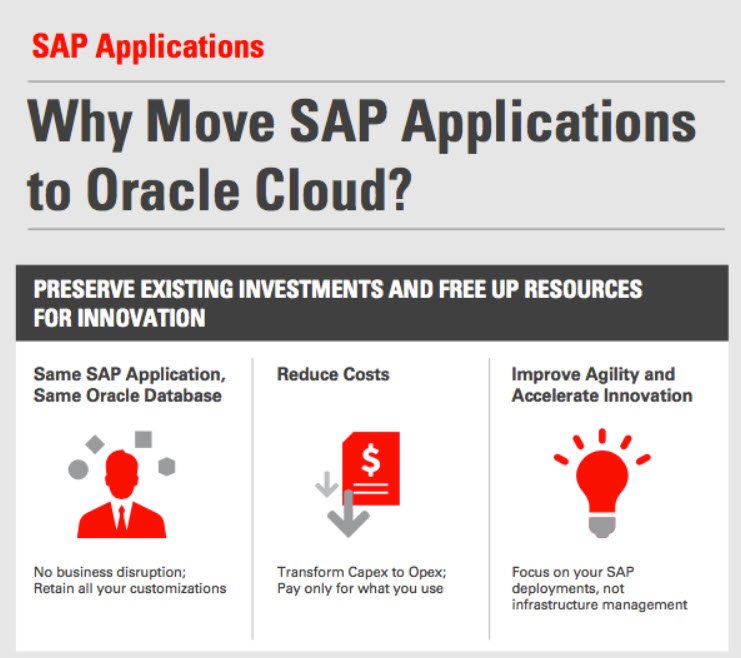
Databases are the backbone of modern information management systems, allowing businesses and organizations to store, manage, and retrieve data efficiently. There are several popular databases in the market, each with its own set of features and advantages.
In this article, we’ll explore into four prominent databases: Oracle, Microsoft SQL Server, PostgreSQL, and MySQL.
1. Oracle
Oracle is hailed as the gold standard in the world of databases. Widely adopted in high-profile commercial environments, Oracle is known for its impressive speed and extensive feature set. However, this power and capability come at a cost, making Oracle a relatively expensive choice. The robustness of Oracle’s offerings makes it a preferred choice for critical and demanding applications.

2. Microsoft SQL Server
Microsoft SQL Server is a product from tech giant Microsoft, targeting high-end database environments. Often integrated into setups utilizing Microsoft Windows Servers, SQL Server boasts advanced capabilities and seamless integration with other Microsoft products. Its strength lies in its ability to handle complex database tasks efficiently, making it a popular choice among enterprises.
3. PostgreSQL
PostgreSQL, an open-source project, has made significant strides in implementing advanced features comparable to those found in commercial databases. Initially criticized for its perceived slowness, PostgreSQL has undergone substantial improvements over the years. Despite these enhancements, it still grapples with overcoming its early reputation. However, it’s important to note that PostgreSQL has grown into a robust and reliable database option.
4. MySQL
MySQL, another open-source database server, focuses on speed and efficiency. Unlike PostgreSQL, MySQL does not attempt to match all the features of commercial database packages. Instead, it prioritizes quick data inserts and queries, making it ideal for fast-paced web application environments. The speed and performance offered by MySQL have propelled its popularity, especially in the realm of dynamic web applications.
One of the key reasons for MySQL’s widespread adoption is its seamless integration with dynamic web applications. Its speed and efficiency complement the requirements of these applications exceptionally well. Moreover, being an open-source project, MySQL is available for installation at no cost, making it a cost-effective solution for both enterprises and web-hosting companies.
In conclusion, each of these databases, Oracle, Microsoft SQL Server, PostgreSQL, and MySQL, has its unique strengths and weaknesses. The choice of which to use depends on the specific requirements of the project, considering factors like budget, performance needs, and integration demands. Understanding the features and capabilities of these databases enables businesses and developers to make informed decisions that align with their database management goals.
You may also like:- How To Fix the Crowdstrike/BSOD Issue in Microsoft Windows
- MICROSOFT is Down Worldwide – Read Full Story
- Windows Showing Blue Screen Of Death Error? Here’s How You Can Fix It
- A Guide to SQL Operations: Selecting, Inserting, Updating, Deleting, Grouping, Ordering, Joining, and Using UNION
- Top 10 Most Common Software Vulnerabilities
- Essential Log Types for Effective SIEM Deployment
- How to Fix the VMware Workstation Error: “Unable to open kernel device ‘.\VMCIDev\VMX'”
- Top 3 Process Monitoring Tools for Malware Analysis
- CVE-2024-6387 – Critical OpenSSH Unauthenticated RCE Flaw ‘regreSSHion’ Exposes Millions of Linux Systems
- 22 Most Widely Used Testing Tools








